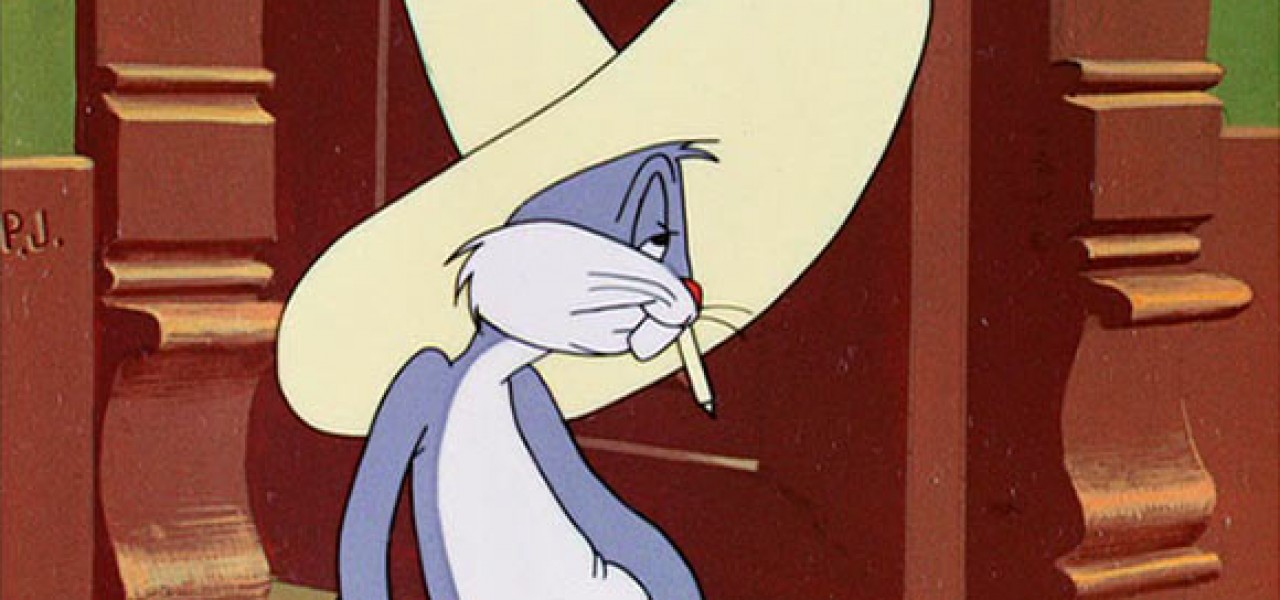
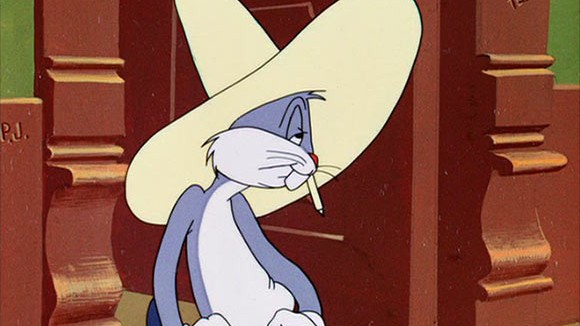
Happy Birthday, Bugs Bunny! Here’s 7.5 Times You Changed Cartoons Forever
Whether he’s the destabilizing force of Merrie Melodies and Looney Tunes’ glory days, or more centered in contemporary reboots that can’t measure up, Bugs Bunny remains a towering cartoon influence.
Today marks the immortal character’s 75th76th birthday, so to speak: Although Bugs evolved from previous incarnations in form and style, Tex Avery's Wild Hare premiered on July 27, 1940, marking the first time The Rabbit uttered his lasting catchphrase, “What up, Doc?”
And while the argument where the resilient, respected trickster truly begins and ends is definitively subjective, there is never a bad anniversary for memorializing our favorite cartoons in which Bugs takes over the frame. Here are 7.5 times that Bugs Bunny transformed animation culture and industry. Please jump in add your own favorites below.
(Editor’s note: Warner Bros. goes out of their way to make its classic shorts difficult to find online. In lieu of official copies, fan-posted copies online are often cut, cropped, sped-up, or otherwise mutilated. WB itself charges an exorbitant $2 per short for a handful of its titles on YouTube. It’s almost as if they go out of their way to ensure obscurity for these classic films.)
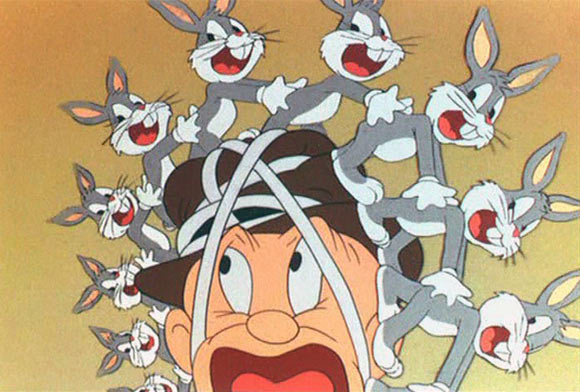
The Big Snooze (1946)
Bob Clampett’s distinctive, demented cartoons always threaten to rip reality apart, but rarely more than in this surrealist classic, which starts by breaking the Fourth Wall and ends with Elmer and Bugs death-diving toward Earth. After Fudd quits his job in frustration — even calling out Jack Warner himself — a worried Bugs manically invades his peace and dreams, unleashing seven minutes of madness that has little analogue in animation history. From stripping Elmer nude to clothing him in hot drag, The Big Snooze’s hilarious but disturbing hijinks arguably transcend the Raymond Chandler noir novel from which it steals its title — and almost every cartoon made since. It’s an unhinged masterpiece that also happens to be the final film Clampett ever fully finished for Looney Tunes.
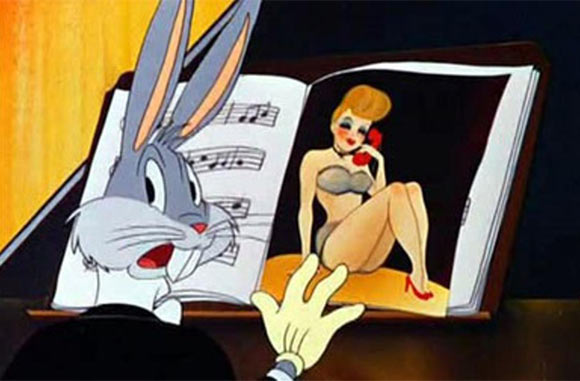
Rhapsody Rabbit (1946)
If there exists a polar opposite of The Big Snooze’s surreal madness, it is this utterly charming, wordless Merrie Melodies piano duel (and duet) with an adorable mouse, directed by Friz Freleng and released the same year. Although it’s arguable that Rhapsody Rabbit’s grand performance is stolen outright by Carl Stalling’s mesmerizing yet schizophrenic score — which mashes reimagined classical and jazz standards with his own hyperkinetic soundtracking — watching an increasingly frustrated Bugs get a quite rare taste of his own medicine tacks this classic closer towards singularity. No one says a word as Bugs shoots an audience member for coughing too loud, tries to destroy a sweet mouse with way more piano skills, and eventually fails to steal the show for once. It is perhaps the most joyfully exuberant short Freleng ever made.

The Heckling Hare (1941)
Although Tex Avery is popularly credited with creating the current iteration of Bugs Bunny — and his signature catchphrase “What up, Doc?” — that pop culture knows so well, he directed only four films starring the rascally rabbit. And while all of Avery’s Bugs Bunny shorts are distinctive for one (usually good) reason or another, The Heckling Hare, animated by Bob McKimson, is the one that encouraged Avery to leave Warner Bros. for MGM — which brought the legend even more success while significantly reshaping the animation industry. Avery’s move reportedly came after a dispute with Leon Schlesinger over the possible death of Bugs at the finale, which was recut with Avery’s disapproval. As such, The Heckling Hare remains a metafictional curiosity, a film about a film about a career that fell apart but managed to come together and change an industry, and animation history itself.
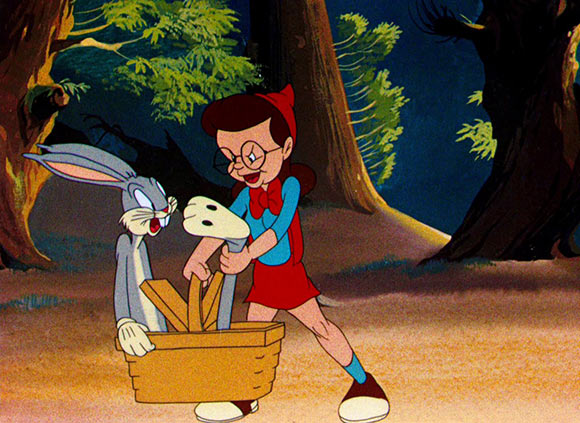
Little Red Riding Rabbit (1944)
The first Looney Tunes cartoon in which the stunning Mel Blanc landed a voice credit (after 8 years of employment), Friz Freleng’s brilliant short flips an immortal European fairy tale of natural rites and rebirth on its head by using a deafening Red Riding Hood — hilariously voiced by Bea Benaderet (later, the voice of Betty Rubble) — a hapless wolf hustler and a plenty willing Bugs, whose interventions still manage to hammer the folklore’s messages home. Little Red Riding Rabbit is also something of a layered revenge fantasy that easily transcends but promises to inspire polarizing opinions across demographics — especially in regards to its treatment of poor, sweet Red Riding Hood, whose adherence to the folklore’s script repeatedly pisses off both Bugs and his wolf nemesis. Animated by Manny Perez, Gerry Chiniquy, Virgil Ross, and Dick Bickenbach, it is one of the smoothest, rhythmic physical comedies Looney Tunes ever made.
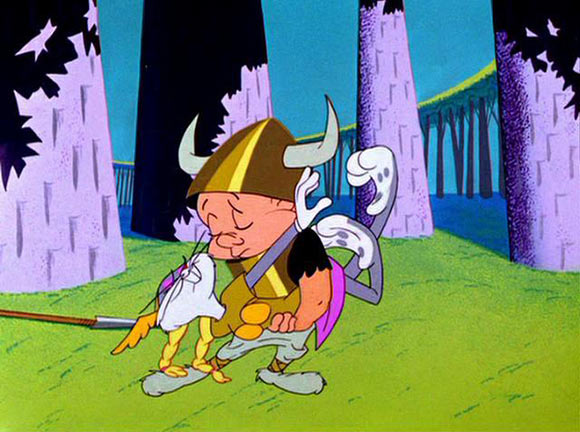
What’s Opera, Doc? (1957)
Although it may not seem possible, there are indeed people living right now who have never heard of this timeless short masterpiece — which is more sweeping and cinematic than many animation and live action feature films that they actually have seen. Its epic scope, reaching from Wagnerian opera to Disney’s foundational Fantasia and even metafictional commentary on Bugs and Elmer’s own cliche, has earned What’s Opera, Doc? a home in the Library of Congress, as its mythic frames — animated by Ken Harris, Richard Thompson, and Abe Levitow — are routinely deconstructed by academics and professionals. Merrie Melodies would never again showcase something as ambitious and amazing.
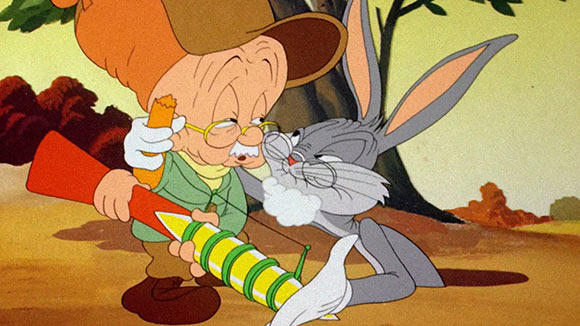
The Old Grey Hare (1944)
Although Bugs Bunny may have garnered greater sci-fi plaudits for his various escapades with Marvin the Martian, created by Chuck Jones and co-starring in classics like Haredevil Hare and Duck Dodgers in the 24-1/2th Century, Bob Clampett’s The Old Grey Hare is perhaps the most terrifying but gut-busting speculative fiction Warner Bros. ever produced. It begins with the voice of God (Mel Blanc, of course) ordering Elmer to keep pursuing his nemesis to the turn of the 21st century, by which points they are ancients barely able to run. From its peaceful dream of infant Bugs and Elmer napping, to its heart-wrenching finale in which Bugs digs his own grave at raygun-point, The Old Grey Hare is a pretty messed up time-travel epic, especially for kids. But its rather mature exploration of the meaning of life and death is ringed in rebirth, as it’s the first Merrie Melodies cartoon starring Bugs Bunny that credited Warner Bros. Cartoons (rather than Leon Schlesinger) for its creation.

Super-Rabbit (1943)
It’s impossible to gauge the cultural and historical influence of Bugs Bunny and company without taking into account their influence before, during, and after World War II. And while they regularly broke the Fourth Wall during their greatest cartoons, it is Chuck Jones’ Super-Rabbit where Bugs Bunny broke through the screen to literally become a soldier for U.S. Marine Corps. Although the short is ostensibly a riff on the Superman mythos — starring Bugs as a lab rabbit who devours a sci-fi super carrot and flies off to kick the ass of a dumb Texas hunter named “Cottontail” Smith who is terrorizing rabbitkind — its sudden ending where Bugs simply walks off the screen to join the war effort makes Super-Rabbit perhaps the most influential of Warner Bros.’ propaganda cartoons. Indeed, the short’s finale encouraged the Marines to demand that Bugs be officially inducted into the service as a private; he was even given dog tags. After being promoted in rank through World War II, when peacetime finally arrived Bugs was officially discharged from the Marines as a Master Sergeant, marking one of the few times in cartoon history where a character leapt off the screen to help chart the course of reality itself.
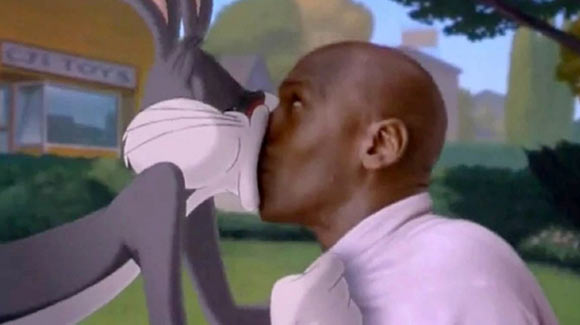
Space Jam/Looney Tunes: Back In Action (1996/2003)
It’s not very easy to find .5 of a Bugs Bunny cartoon, unless you look to live-action cinema, where animation shares half the stage. Which is an intriguing place to search, as Bugs and company never really satisfactorily made the leap to full-length features. Space Jam, a mixed-media masterpiece of marketing mostly about the end of basketball legend Michael Jordan’s self-imposed retirement, was anchored by a more mellow Bugs trying to productively channel the chaos of his cartoon compatriots. Space Jam’s skillful blend of live-action hoops and (mostly) seamless animation also marked the last time that Bugs Bunny invaded popular consciousness and made a significant box-office impact — despite the argument that 2003’s comeback Looney Tunes: Back In Action was probably the better film, although it flopped in theaters.
Since then, Warner Bros. hasn’t figured out a way to push Bugs back into feature spotlight or take advantage of the Looney Tunes’ visually-oriented comedy universe. Indeed, the character’s latest full-length Looney Tunes: Rabbits Run, directed by Space Jam supervising animator Jeff Siergey, went straight to DVD, on-demand, and streaming. Until it does, cartoon geeks and scholars are left with Bugs Bunny’s brilliant shorts, which continue to stand the test of time and influence generations of animators.

.png)